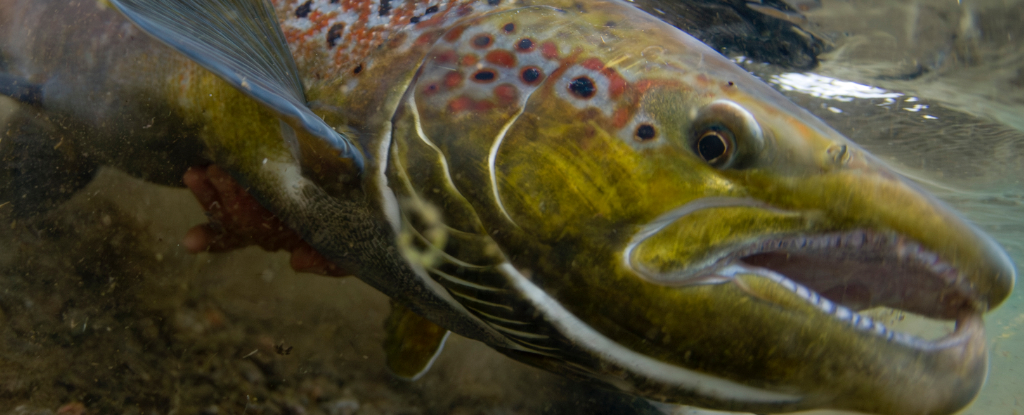In a study published in the Science journal, researchers successfully tested the hearing of baleen whales for the first time. The controversial research, conducted in 2023, involved capturing two juvenile minke whales off the Norwegian coast. The whales, each measuring around 12 feet and weighing approximately one ton, were fitted with gold-plated electrodes on their skin to monitor brain responses to various sound frequencies. The findings suggest that baleen whales can hear ultrasonic frequencies far higher than previously assumed, a capability believed to aid in predator evasion, particularly from killer whales.
The project, referred to as the Minke Whale Hearing Project, has faced criticism from conservation groups and scientists. Concerns were raised regarding the stress and potential harm caused to the whales during their temporary captivity. The Whale and Dolphin Conservation sent open letter to the Norwegian government in 2021 urging the project’s cancellation, as per an NBC News report. Critics argued that alternative, non-invasive methods could yield similar findings without risking the welfare of the animals.
Despite opposition, the research was executed under stringent protocols, according to Brandon Southall, a marine acoustic consultant said to NBC News. He noted that the project adhered to best practices and contributed valuable insights into ocean noise management policies under regulations like the Marine Mammal Protection Act.
Methodology and Challenges in Whale Capture and Testing
To facilitate testing, a complex trapping system was established along the minke whales’ migration route near Norway’s Lofoten Islands, as per the study. The team utilised over a mile of nets to guide the whales into a channel, where they were briefly held in a fish farm enclosure. Monitoring was conducted by a team of 12–15 personnel, including veterinarians. Blood samples, satellite tags, and neurological data were collected during sessions lasting 30 to 90 minutes before the animals were released.
Lead researcher Dr Dorian Houser, National Marine Mammal Foundation, emphasised the welfare measures in place during the interview with NBC News. He reported that the tagged whales resumed normal behaviours post-release, but one whale not tested died after becoming entangled in a net during a storm.
The study’s outcomes may influence future policies addressing underwater noise pollution. However, as noted by Susan Parks, professor of biology at Syracuse University to NBC News, the limited sample size and scope highlight the need for further research to understand the hearing capabilities of baleen whales across species and age groups.





